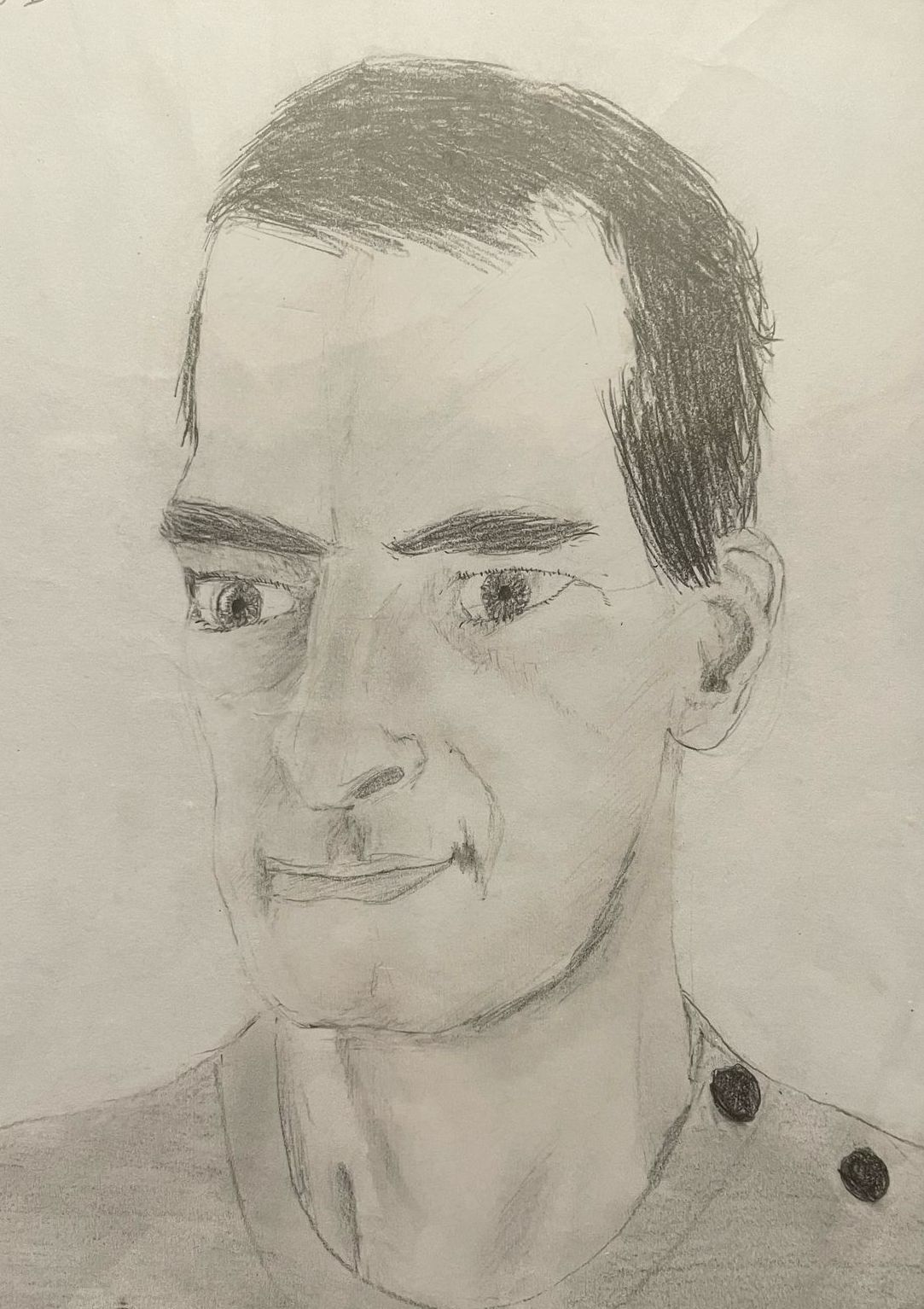 |
olivier godechot |
Cette page n'existe pas !
Sorry, this page does not exist !
Retour à l'accueil | Back to main entrance !
Sorry, this page does not exist !
Retour à l'accueil | Back to main entrance !
English |
Français


Actualités 
OgO: plus ici|more here
[Work in progress] Godechot, Olivier and Ulysse Lojkine. Intensification through outsourcing ...: plus ici|more here
[Presentations] ...: plus ici|more here
[Peer-reviewed articles] Godechot, Olivier, Mirna Safi, and Matthew Soener. 2025. “Organisational Intersectionality: Do Gender and Migration Status Inequalities Reinforce or Offset ...: plus ici|more here
[Books] Palier, Bruno et al.. 2023. Que sait-on du travail?, [What do we know about work?], Presses de Sciences ...: plus ici|more here
[Peer-reviewed articles] Godechot, Olivier, Donald Tomaskovic-Devey, István Boza, Lasse Folke Henriksen, Are Skeie Hermansen, Feng Hou, Jiwook Jung, Naomi Kodama, ...: plus ici|more here
[Working papers] Neumann, Nils, Olivier Godechot, Lasse Folke Henriksen, Are Skeie Hermansen, Feng Hou, Naomi Kodama, Zoltán Lippényi, Silvia Maja Melzer, ...: plus ici|more here
[Data] Données et scripts pour les fissures de la digue républicaine Dans notre article "Les fissures de la digue républicaine", nous ...: plus ici|more here
[Data] Replication package for the Great Separation The Great Separation is based on fine-grained administrative data that cannot be published ...: plus ici|more here
[Home] Recherches en cours: plus ici|more here
OgO: plus ici|more here
[Work in progress] Godechot, Olivier and Ulysse Lojkine. Intensification through outsourcing ...: plus ici|more here
[Presentations] ...: plus ici|more here
[Peer-reviewed articles] Godechot, Olivier, Mirna Safi, and Matthew Soener. 2025. “Organisational Intersectionality: Do Gender and Migration Status Inequalities Reinforce or Offset ...: plus ici|more here
[Books] Palier, Bruno et al.. 2023. Que sait-on du travail?, [What do we know about work?], Presses de Sciences ...: plus ici|more here
[Peer-reviewed articles] Godechot, Olivier, Donald Tomaskovic-Devey, István Boza, Lasse Folke Henriksen, Are Skeie Hermansen, Feng Hou, Jiwook Jung, Naomi Kodama, ...: plus ici|more here
[Working papers] Neumann, Nils, Olivier Godechot, Lasse Folke Henriksen, Are Skeie Hermansen, Feng Hou, Naomi Kodama, Zoltán Lippényi, Silvia Maja Melzer, ...: plus ici|more here
[Data] Données et scripts pour les fissures de la digue républicaine Dans notre article "Les fissures de la digue républicaine", nous ...: plus ici|more here
[Data] Replication package for the Great Separation The Great Separation is based on fine-grained administrative data that cannot be published ...: plus ici|more here
[Home] Recherches en cours: plus ici|more here
Système d'aide à la publication sur Internet